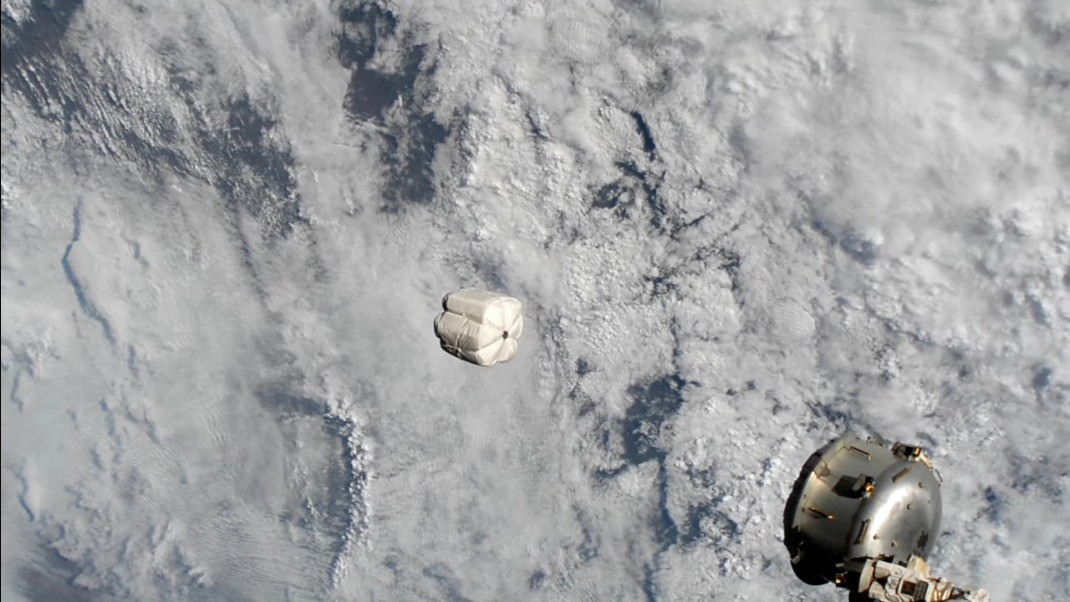NASA is testing a new form of waste disposal aboard the ISS that could help cut down on space waste in the future. The system was designed by Nanoracks, and it utilizes the Bishop Airlock aboard the International Space Station. Nanoracks recently tested it in collaboration with NASA’s Johnson Space Center.
This new ISS waste disposal system is genius
What makes the new ISS waste disposal system so interesting and genius is the sheer simplicity of it. While it relies on some incredible technology to pull off, the basic idea is as simple as throwing a garbage bag out the window.
Nanoracks designed the system in collaboration with NASA’s Johnson Space Center. Based on the tests, it appears to be more efficient and sustainable than the current model for waste removal aboard the ISS. Currently, astronauts aboard the ISS have to horde their trash and wait for the arrival of the Cygnus cargo vehicle.
Once Cygnus arrives and they unload the vehicle, they pack it with their trash. The small spacecraft is then released from the ISS and allowed to burn up in re-entry into the Earth’s atmosphere. the current ISS waste disposal model works but allows for months of trash to build up on the station.
A more efficient method

With the new ISS waste disposal system, astronauts can gather their trash and store it in the Bishop Airlock until the high-tech garbage bag that Nanoracks developed is full. The bag can hold up to around 600 pounds of trash. Once full, the station jettisons the bag into the atmosphere to burn up.
It’s an interesting system, and one that could help make commercial low-Earth orbit operations more efficient in the long run. Once the bag has been expanded and jettisoned, they refit the airlock with a new bag. This allows the astronauts to store their trash and then throw it all away without having to wait months for the Cygnus cargo vehicle to arrive in between missions.
Cooper Read, the Bishop Airlock program manager at Nanoracks says that waste disposal on the ISS is a long-standing challenge. The astronauts aboard the ISS can generate up to 2,500 kg of trash per year, which is roughly two cans worth a week. As more people move to live on LEO stations, that amount will grow.
As such, testing the new ISS waste disposal system now is vital to help iron out any kinks. Once perfected, the more efficient method can help astronauts live in cleaner, more efficient stations.







